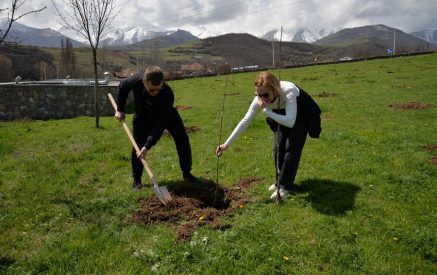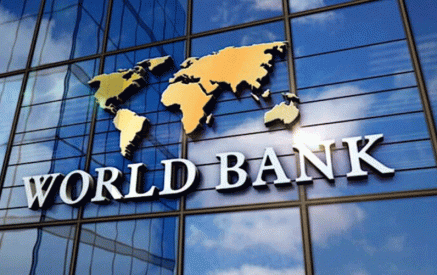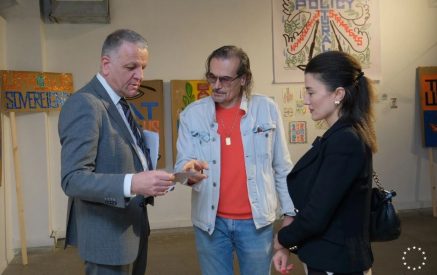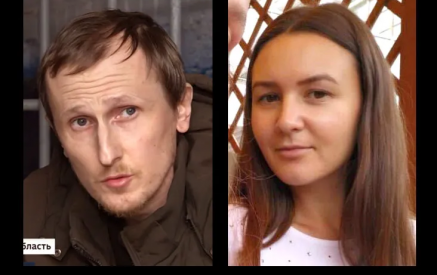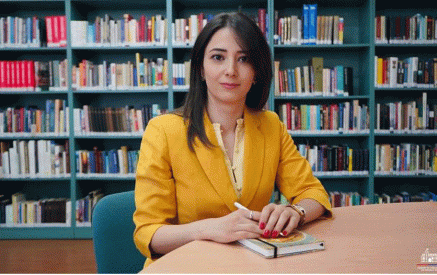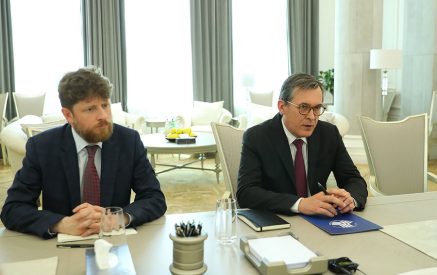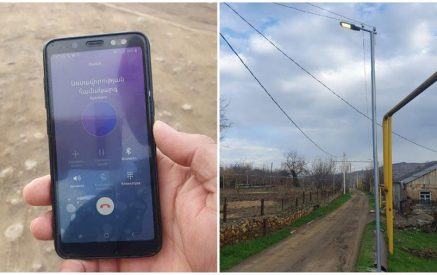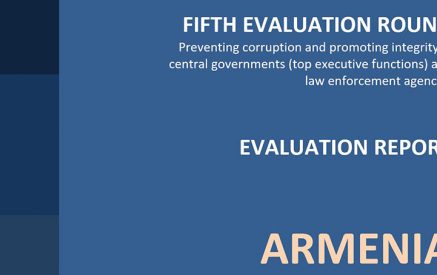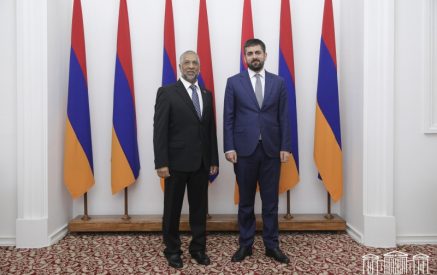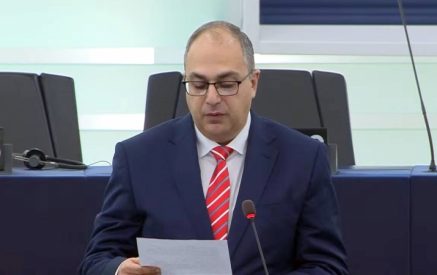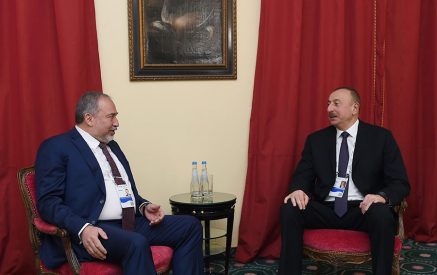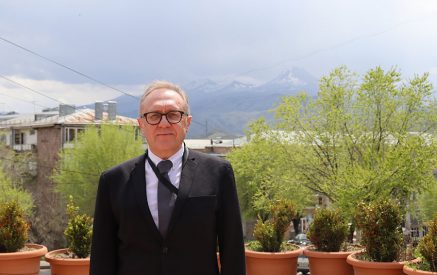The European Commission for the Efficiency of Justice (CEPEJ) of the Council of Europe sets out the main trends observed in this field in 45 European countries (*) today in a reportand a publicly accessible interactive database.
The trends identified by this 7th evaluation report since the CEPEJ was set up in 2002 include:
– in the sphere of judicial system budgets:
- a slight overall increase: European States spend an average of €64 per inhabitant per annum on their judicial system, with particularly sizeable budgets in Luxembourg and Norway; each country’s investment in its justice system has to be assessed in proportion to its level of wealth;
- States having had to cut budgets because of the economic and financial crisis from 2008 are gradually moving back towards pre-crisis levels;
- the budget of courts accounts for the largest share of the budget allocated to the judicial system (66% on average); remuneration of staff is the most substantial item, especially in States which only have professional judges;
- in east European countries, more of the judicial budget is allocated to the public prosecution services (around 30%) whereas northern European countries tend to invest more in legal aid (more than 30% of the judicial system budget);
- higher contributions by users to the financing of the judicial system, via taxes and court fees: only France, Luxembourg and Spain provide for access to courts without fees;
- revenue generated in this way can cover over 40% of the court budget (Germany, Iceland, Ireland, Malta, Turkey, Ukraine); in some countries, revenues from registers cover much of court operating costs and in the case of Austria exceed the operating costs of the entire judicial system;
- a tendency to outsource certain services, in order to optimise budget resources and provide a higher level of specialisation and expertise;
- the introduction in all countries of legal aid systems in criminal and other cases, frequently going beyond merely providing a lawyer free of charge and including areas such as mediation or enforcement of judicial decisions;
– in the sphere of judges and prosecutors:
- the development of further training and a move towards making it compulsory for accessing specialised posts or functions;
- the importance attached to the experience of candidates in the selection process for judges’ posts;
- stability in the number of professional judges; there is a growing professionalisation of judges, as fewer States use non-professional judges;
- Europe is split as to the use of juries, which exist in just under half of the Council of Europe’s member States;
- Gauged on the basis of a number of indicators (staffing level, number of cases, roles, alternative procedures), the busiest prosecution services are in France, Austria and Italy;
- increasingly similar salary levels of judges and prosecutors;
- an increase in the number of lawyers, triggered by the development of the rule of law in central and eastern Europe and legal aid;
– in the sphere of parity within the judicial system:
- feminisation in the ranks of judges and prosecutors is a continuing trend but the “glass ceiling” is still a reality when it comes to functions of responsibility;
- there are few specific measures for promoting parity (only Germany appears to have developed a global policy in favour of parity, for the recruitment of judges and lawyers, notaries and enforcement agents);
- while the proportion of women is increasing among judges and prosecutors, professions such as lawyers, notaries and enforcement agents are predominantly male;
– in the sphere of the organisation of courts:
- they are becoming fewer in number, larger in size and more specialised;
- reforms of the judicial map are under way in three-quarters of the countries surveyed, accompanied by new alternative methods for settling disputes;
- the grouping together of courts goes hand in hand with the developing use of internet-based information and communication methods;
- court users are better informed thanks to the information technologies but it is human contact that helps them better understand decisions and trust in justice;
– in the sphere of judicial system performance:
- overall, the productivity of Europe’s courts is improving in civil and criminal cases;
- asylum applications had a significant impact on the number of incoming cases in 2016 in 9 countries: Germany, Austria, Belgium, Finland, France, Italy, Spain, Sweden and Switzerland;
- judicial procedures take longer in administrative cases than in civil cases, and second- and third-instance administrative courts face greater difficulties in handling the influx of cases;
- in criminal justice, the average rate of cases resolved by the public prosecutor against cases received is 96%, with 42% being discontinued, 28% brought before the courts and 27% resulting in a penalty or a measure imposed or negotiated by the public prosecutor;
- on the whole, the productivity of criminal courts is improving, although the duration of procedures appears to be lengthening in supreme courts.



